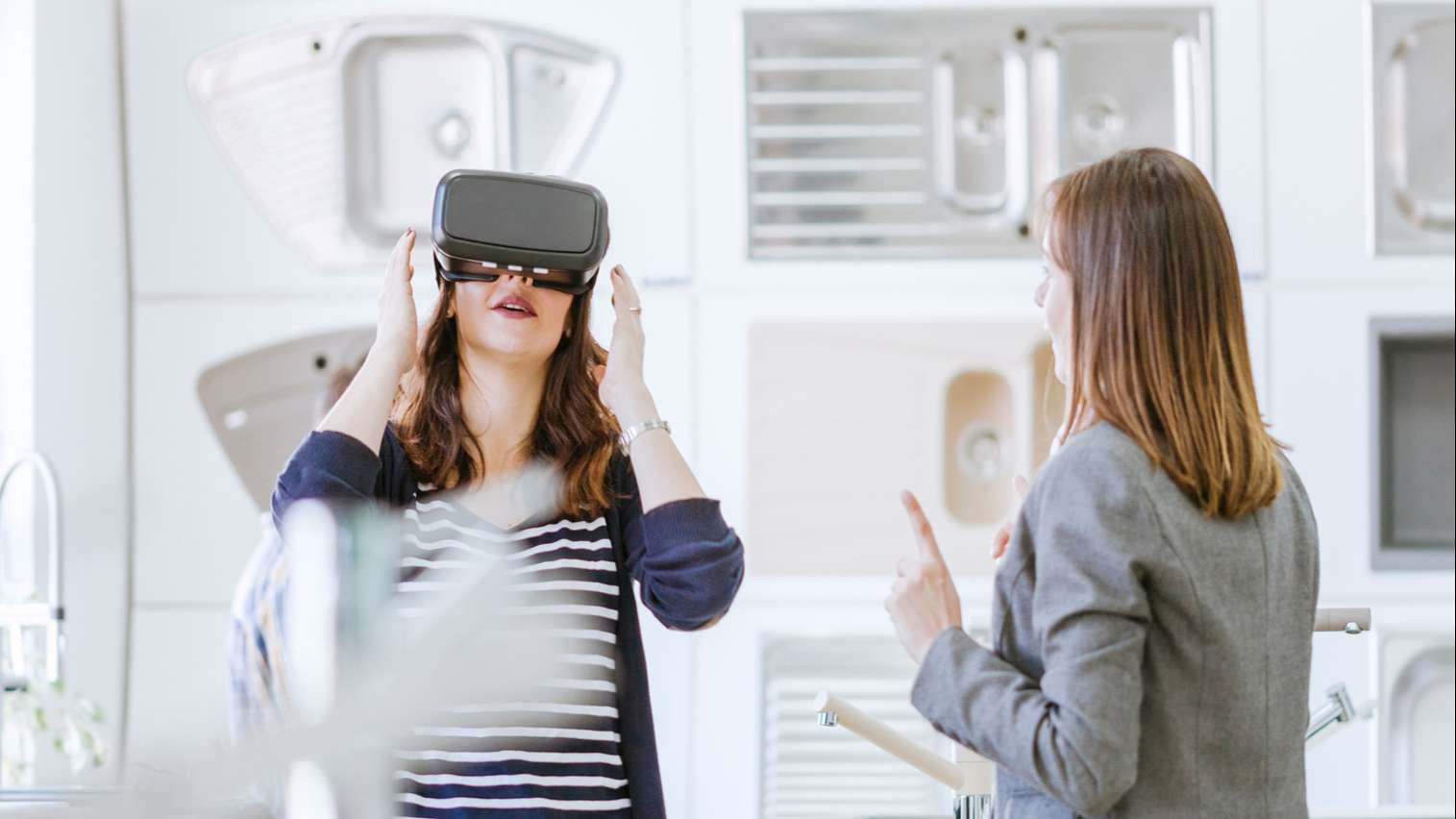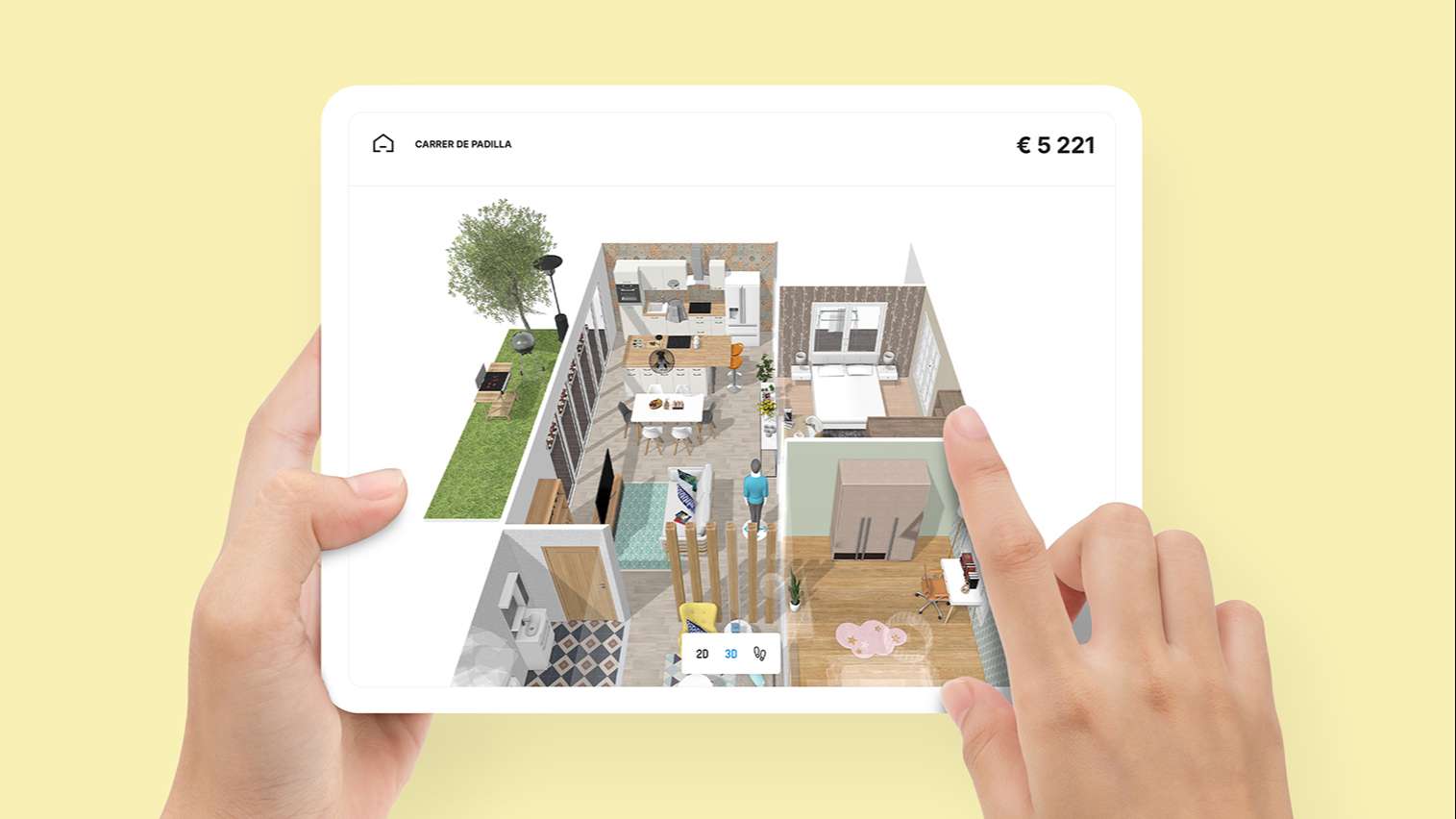Home Retailers March 19, 2021
The opportunities that augmented reality and virtual reality present to home retailers

AR and VR technologies offer huge potential to home retail brands looking to stand apart from the competition.
A new wave of retail technology solutions are propelling the industry into advanced customer experience-based retail strategies that increase profit and drive revenue. Augmented reality (AR) and virtual reality (VR) represent two such very real, very exciting opportunities; so much so that research from Gartner suggests 46 percent of retailers already plan to incorporate AR and VR into their strategies by 2020. But how exactly can these technologies be adopted by home retailers and what is the measure of success?
AR and VR applications within the wider retail market
The implementation of AR and VR into physical retail stores has the potential to not only transform customer engagement, but enhance the entire customer purchase journey. Gartner predicts that by 2020, 100 million consumers will shop online or in-store using AR technology, anticipating rapid scale of adoption by retailers. By 2025 the VR retail market is expected to increase to $1.6 billion, while AR is set to reach $30 billion in sales.
AR and VR technologies offer huge potential to home retail brands looking to stand apart from the competition, with the promise of highly engaging retail experiences and in turn greater annual revenues. While the scope for business improvements is vast, below we have defined the four key benefits that AR and VR-based solutions should offer home retailers:
- Improved customer engagement rates
Reports have shown that 55 percent of consumers believe that augmented reality makes the shopping experience more fun. When undertaking home remodeling projects, customers want enjoyable experiences both online and in-store, with functionality that enhances their experience and brings added value. By utilizing AR and VR, home retailers can keep customers engaged with their design ideas through to the final point of purchase, improving sales conversion rates and ensuring momentum is maintained throughout the entire remodeling process.
- An omnichannel customer experience that increases satisfaction
AR and VR technology can be effectively used to create a consistent customer experience that bridges the gap between online and offline, which is particularly important for pure-play online or bricks-and-mortar retailers. A study showed that 61 percent of shoppers prefer retailers that offer AR experiences over those that don’t, with 71 percent responding that they would shop with a retailer more often if they offered AR. Retailers that can respond to these preferences can expect higher customer satisfaction rates and net promoter scores.
- Innovative brand image and enhanced reputation
In a crowded and highly competitive home retail market, investment into the latest technology solutions can serve as a key differentiator for home retailers, positioning them ahead of the curve. By displaying a modern and innovative brand image that shows a willing investment into improving the customer experience, home retailers can enhance their reputations as industry trailblazers, helping to attract new customers and associated revenues.
- Better visualization to help qualify customer purchases and accelerate the sales cycle
By providing customers with 360-degree product images within the context of their own surroundings, home retailers can better boost the confidence of consumers, providing the reassurance needed to complete their transactions. The technology allows consumers to place and manipulate entire product catalogs at scale – saving the user time and allowing them to very quickly explore brand offerings in their entirety, adding each product to the final design project ahead of checkout.
Bringing customer design ideas to life with 3D planning

With a clear demand for customer experiences that extend beyond simple transactions, 3D planning solutions perfectly complement the immersive retail trends in the market such as AR and VR. They enable home retailers to provide a visually led and efficient solution for their customer’s home remodeling needs, taking customer engagement to a whole new level.
The HomeByMe for Home Retailers 3D planning solution serves as a key pillar for any omnichannel home retail strategy, immersing customers across all channels and devices. The cloud-based solution offers customers a wide range of value-added features, including an embedded 360-degree product viewer, customized content templates, configurators and design ideas that fit their exact specifications. Retailers can more effectively engage their customers as a result – whether they are at home, in-store or on the move – for an experience that allows a fast time-to-value for the consumer, while accelerating the sales cycle for retailers.
Conclusion
Incorporating omnichannel technology solutions such as 3D planning offers great opportunities for home retailers to respond to the increasing market demand for immersive retail experiences. With huge investment into new technologies predicted across the industry, the brands that can offer their customers forward thinking, innovative approaches to home remodeling will be the ones that reap the rewards.


